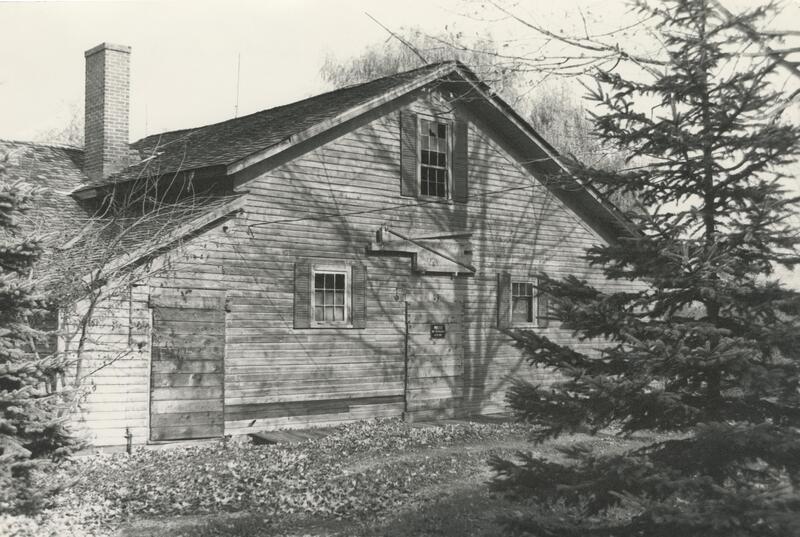Early Days

For thousands of years Native Americans (of many different tribes, including Ojibwa, Chippewa, Ottawa, Potawatomi) traveled and lived in what has become Oakland County. After the US acquired this territory as part of the Louisiana purchase, it was not long before white settlers traveled to the area.
Early official descriptions as barren and swampy lands gave way to more positive accounts that attracted farmers. James Graham settled on a farm on the banks of the Clinton River in 1817, followed by John Hersey and many others.
After the opening of the Erie canal in 1825, whites flooded the Oakland County area. In 1835 the territorial legislature created Avon Township, which included today’s Rochester and Rochester Hills.
One of the reasons for the attractiveness of the Rochester area was the convergence of the Clinton River, Stony Creek, and Paint Creek. Before steam engines became the norm, stream-powered mills provided much-needed energy to grind grain, card wool, or cut lumber to serve the growing local population.
The first sawmill and grist mill were erected by John Hersey on the waters of Paint creek, near the burgeoning settlement of Stoney Creek, in 1825.
